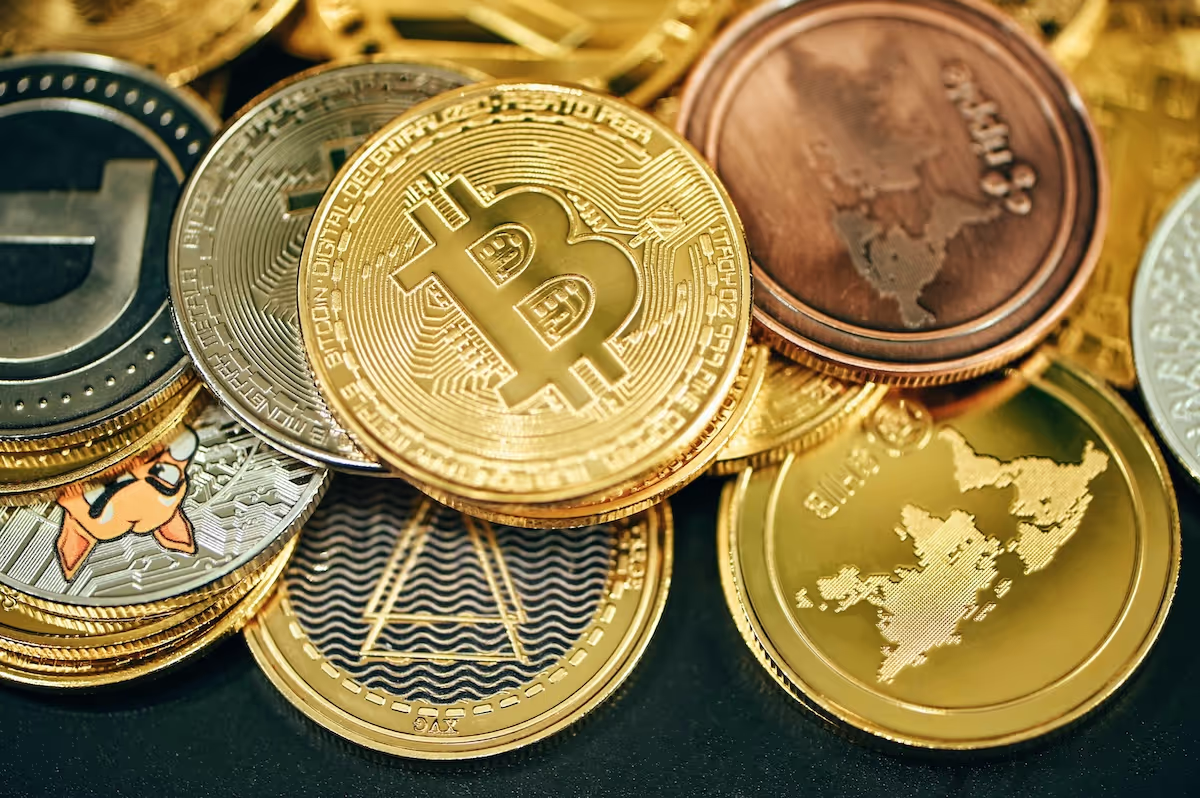Stablecoins: US government and Circle IPO reinforce investment hype

Although stablecoins are not a brand-new invention, they have only recently become the focus of financial markets. On the one hand, the extremely successful IPO of fintech Circle Internet Group, which issues the stablecoin USCD, contributed to this. On the other hand, US politics, which is working to regulate cryptocurrencies. But what are stablecoins actually, and how sustainable is the hype surrounding the “stable coins” really?
Digital currencies with “real” securities
Stablecoins are digital currencies that - in contrast to Bitcoin & Co - are often linked to a stable asset, such as the US dollar or euro. For example, if a stablecoin worth 1 US dollar is issued, a reserve of 1 US dollar is also deposited. In addition to stablecoins backed by fiat currencies, there are also crypto-backed stablecoins. They are backed by another cryptocurrency or crypto asset. Coverage is often regulated via smart contracts. The third form, algorithmic stablecoins, in turn use complex algorithms to regulate the supply of stablecoin and thus keep the value stable.
They thus offer the advantages of blockchain technology, such as fast and cost-effective transactions, without the extreme volatility of classic cryptocurrencies such as Bitcoin. Technically, they function as so-called tokens on existing blockchains. The best-known stablecoins include Tether (USDT), USD Coin (USDC), Binance USD (BUSD), and DAI, which is decentralized and backed by cryptocurrencies.
Tailwind from Circle IPO and US regulation
Since the beginning of 2024, the The market cap of all stablecoins in circulation almost doubled to 240 billion dollars. One trigger for the “hype” was, among other things, a significant step in US politics: At the beginning of July 2025, the Senate passed the so-called Genius Act For the first time, a law that is intended to create the basis for nationwide regulation of stablecoins. The law requires stablecoins to securely invest the funds they receive from investors and consumers. These include in particular bank deposits or similar liquid assets such as short-term US Treasury Bills, which have maturities of a few weeks.
Observers speak of a milestone for the industry, which has barely been regulated to date, and an important breakthrough for digital money. The US's motivation is not unselfish. If demand for stablecoins increases, more government bonds are also being bought to protect them. The interest rates on these securities are falling and the USA can borrow money from the market more cheaply, which should somewhat compensate for the high level of government spending.
Stablecoins received additional attention from Circle Internet Group IPO, the company behind stablecoin USDC, whose share price exploded shortly after the IPO on June 5. Crypto platforms such as Coinbase, whose prices skyrocketed as they are likely to be among the main beneficiaries of the stablecoin boom, are also benefiting from this.
Stablecoins: Opportunities and Risks
Stablecoins ideally combine “the best of two worlds”: the stability of traditional currencies and the technological advantages of cryptocurrencies. USDC & Co. therefore offer investors several opportunities: They provide access to decentralized financial markets (DeFi), can generate interest returns and are considered a lower-risk compensation in crypto portfolios. They are also becoming increasingly important in international payment processing and for large corporations.
As a digital link between distributed ledger systems (DLT) and traditional payment transactions, they enable seamless transactions and serve as a stable means of payment in an otherwise highly volatile crypto market. Particularly in countries with unstable currencies and dysfunctional banking systems, stablecoins also offer private users a digital shelter against inflation and capital flight. They also open up new opportunities in global payment transactions: Transactions can be processed in real time, cost-effectively and without intermediaries. In e-commerce, peer-to-peer transfers and in-game purchases, stablecoins are already being used for conditional payments or escrow solutions or are being planned. Even with large corporations: Apple has been negotiating integration with Apple Pay with crypto companies since January, Airbnb is working with Worldpay on cheaper payment solutions, and Elon Musk's Platform X is discussing stablecoin-based transactions for the planned X Money app with Stripe.
But experts warn: Should the cover shake or the issuer gets into trouble, the stability of the coins may prove deceptive. Stricter regulation — particularly in Europe — also remains a factor of uncertainty. The ECB and other currency watchdogs are critical of stablecoins because they potentially undermine monetary policy and the digital euro.
Investors who do not only “bet” on the performance of cryptocurrencies or stablecoins, but still want to benefit from blockchain opportunities, can invest in digital tangible assets via FINEXITY. In other words: in tokenized assets ranging from real estate to art and infrastructure to rare watches. Tokenization via smart contracts on the blockchain ensures the necessary transparency, divisibility and low barriers to entry — but with a real economic substance (= tangible assets) in the background. In this way, FINEXITY combines the opportunities of innovative technologies with the stability of traditional assets.



